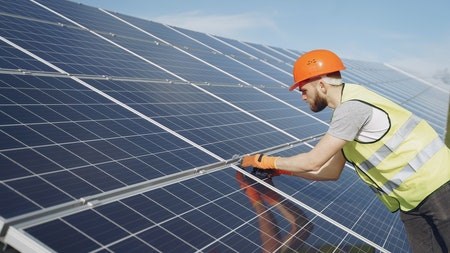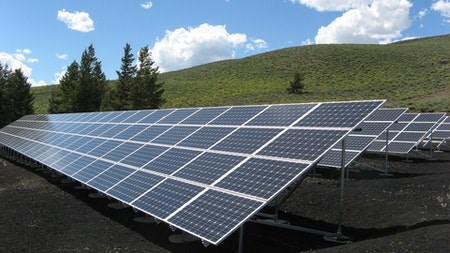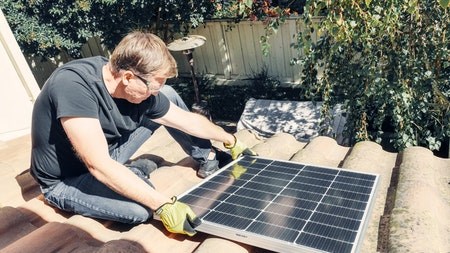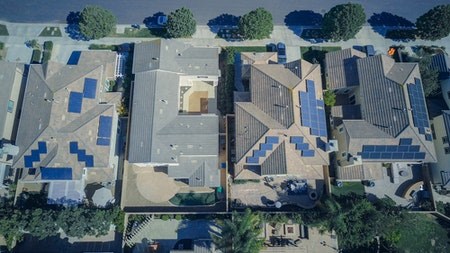South Africa’s energy demand has increased in tandem with economic activities and an ever-increasing population. This has placed an enormous responsibility on government and other industry players to respond by providing affordable, reliable and environmentally friendly energy supply.
As a policy maker and key provider of services, government formulated the Integrated National Electrification Programme (INEP). INEP seeks to achieve universal access by 2025 through grid connection and solar home systems. The 2019 plan had set out ambitious aspirations of creating 6,000 megawatts of new solar energy capacity and 14,400 megawatts of new wind power capacity by 2030.
All these key interventions from both the government and the private sector have led to a drop in technology costs, supportive energy policies and incentives which are encouraging consumers to consider other sources of energy. Featuring prominently on the list of energy options is solar.
There are a number of solar energy technologies on the market. Learn which ones are available and know how to install a solar power system in your house with this beginner’s guide.
Solar Energy Technologies Worth Considering
Solar Thermal
This type of solar system is designed for heating purposes. This is achieved through a black surface that absorbs light, heats up and transfers the heat into a working fluid. This surface can be unglazed or glazed. Unglazed refers to an absorber without the glass covering while glazed has a covering. Glazed panels are flat or a collection of glass tubes. The working fluid is then tasked with the responsibility of moving the heat where it’s needed. This can be hot water storage, swimming pool or to provide heat for a building.
Concentrated Solar Power
This solar system is for electricity generation. Power is generated through mirrors or lenses which is then concentrated into a receiver. Electricity is produced when the stored and converted thermal energy is used to ignite a thermal chemical reaction in a steam turbine or power generator.
Solar Photovoltaics
This type of solar electricity is generated when the sun shines onto a solar panel. The energy from the sunlight is absorbed by the PV cells in the panel. The PV cells are what forms solar panels. They can be built to meet different scales of need.
What should you consider before installing a solar power system?
Budget
You must firstly assess your levels of affordability. The market offers a wide array of options according which will suit your budget.
The Solar Energy Audit
The solar energy audit refers to your current energy needs. You need to carefully check areas around your household where most of your electricity is needed. Do you have heavy duty machinery? Are you planning to use it for industrial business activities? This will help you determine the size and capacity of the solar system you should install.
Installation space
What type of a roof do you have and what’s the condition of your roof? Is your roof strategically positioned and are there possible obstructions and impediments to the proper functioning of the solar system? All this must be looked into beforehand.
How to install a solar system:
- First things first, you need to make sure your power is switched off completely to avoid any sort of electrocution.
- You then need to bury the conduit between the house and the physical point where the solar panel will be mounted. The conduit must be supported by strong concrete pillars which will provide the necessary support.
- The panels must then be mounted to the established platform. The best way to do this is by using angle brackets at mounting points with front feet being mounted first. The feet must be squared and centred before being put in the right location.
- You need to ensure the solar array is placed where it can take it maximum amounts of sunlight. This is done by elevating and securing rear legs.
- Solar modules must always be tied together in pairs and joined at a junction connector. You must then mount and connect to the secured underground conduit output cables. It’s advisable to use MC4 connectors because they suit different solar panels.
- What’s key in this process is the solar inverter. The solar converter can be installed indoors or outdoors but it’s ideally installed near the main panel. The inverter must then be connected to the solar battery which provides a strategic function of storing usable energy.
- The inverter should be connected to the consumer unit to generate electricity. The installation can’t be complete without a meter for easier monitoring of the power flow and consumption.
- Once the above steps are implemented, you can switch the power on and test.
To learn more about this process, you can watch this video:
The guidelines listed above are what every beginner must try to follow when installing a solar power system.





